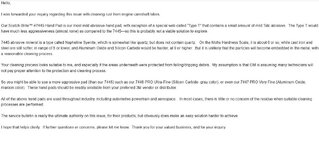explorer2030
Thread starter
- Joined
- Aug 9, 2022
- Messages
- 144
Overthinking.
More importantly: Did you check lobe taper and lifter crown profiles so you will have rotation? YES? You are good to go to a proper wear in.View attachment 177466
All lash adjusters and cam followers are brand new along with the cams, and the rollers all contact centered on the lobes. I checked cam bearing clearance with plastigage before final installation, and the clearance at all of the journals measures out to between .0017-.0024 which is within spec.
Last edited:

